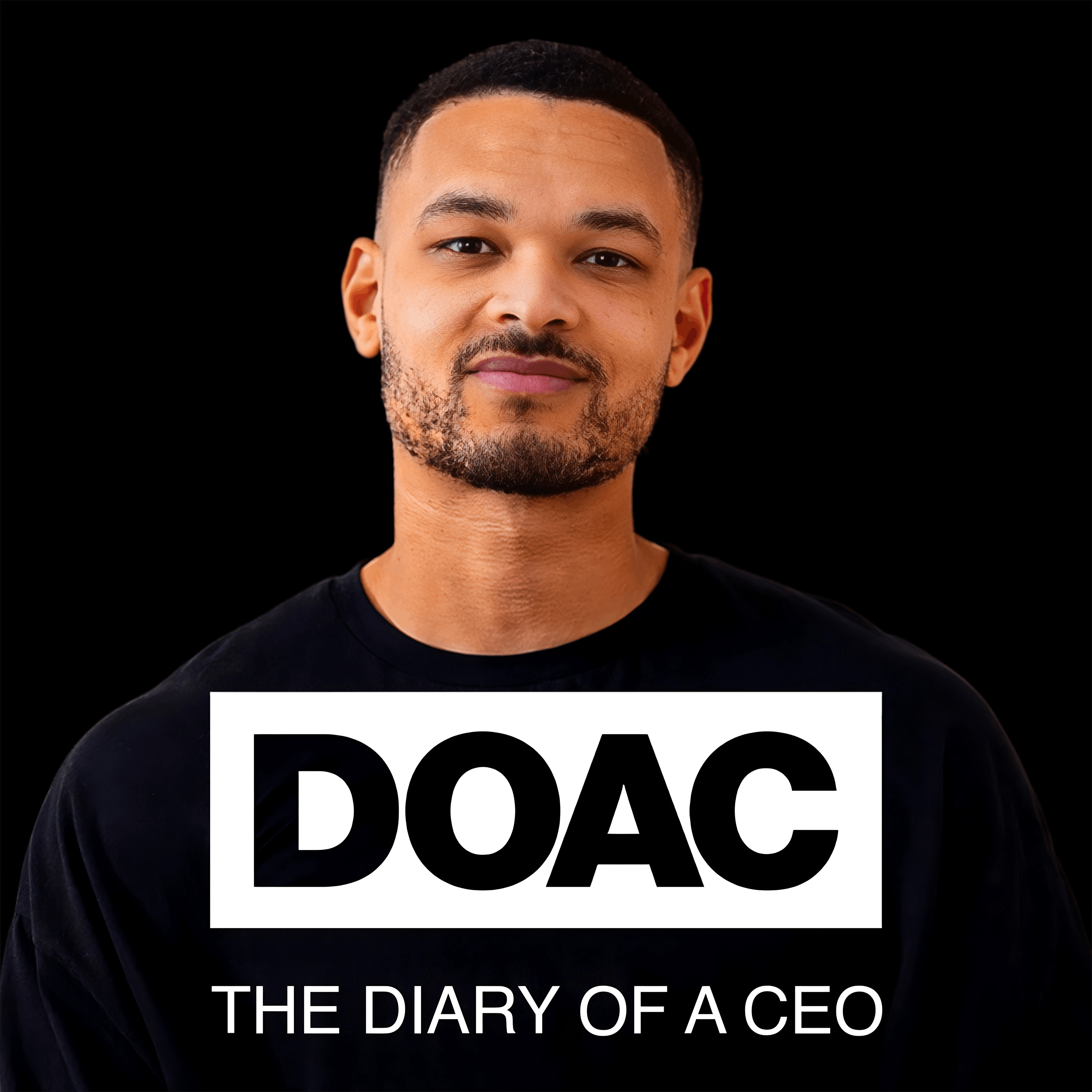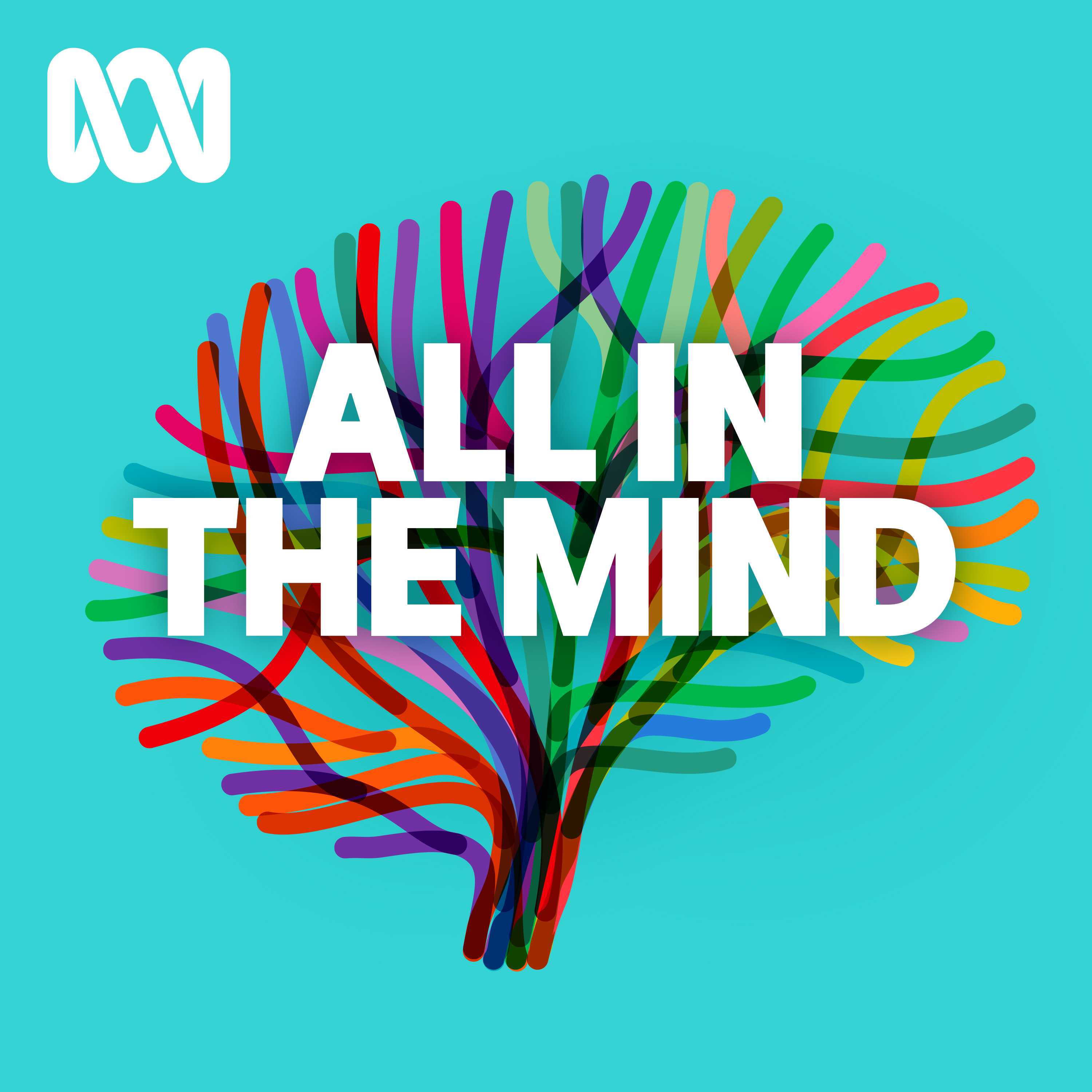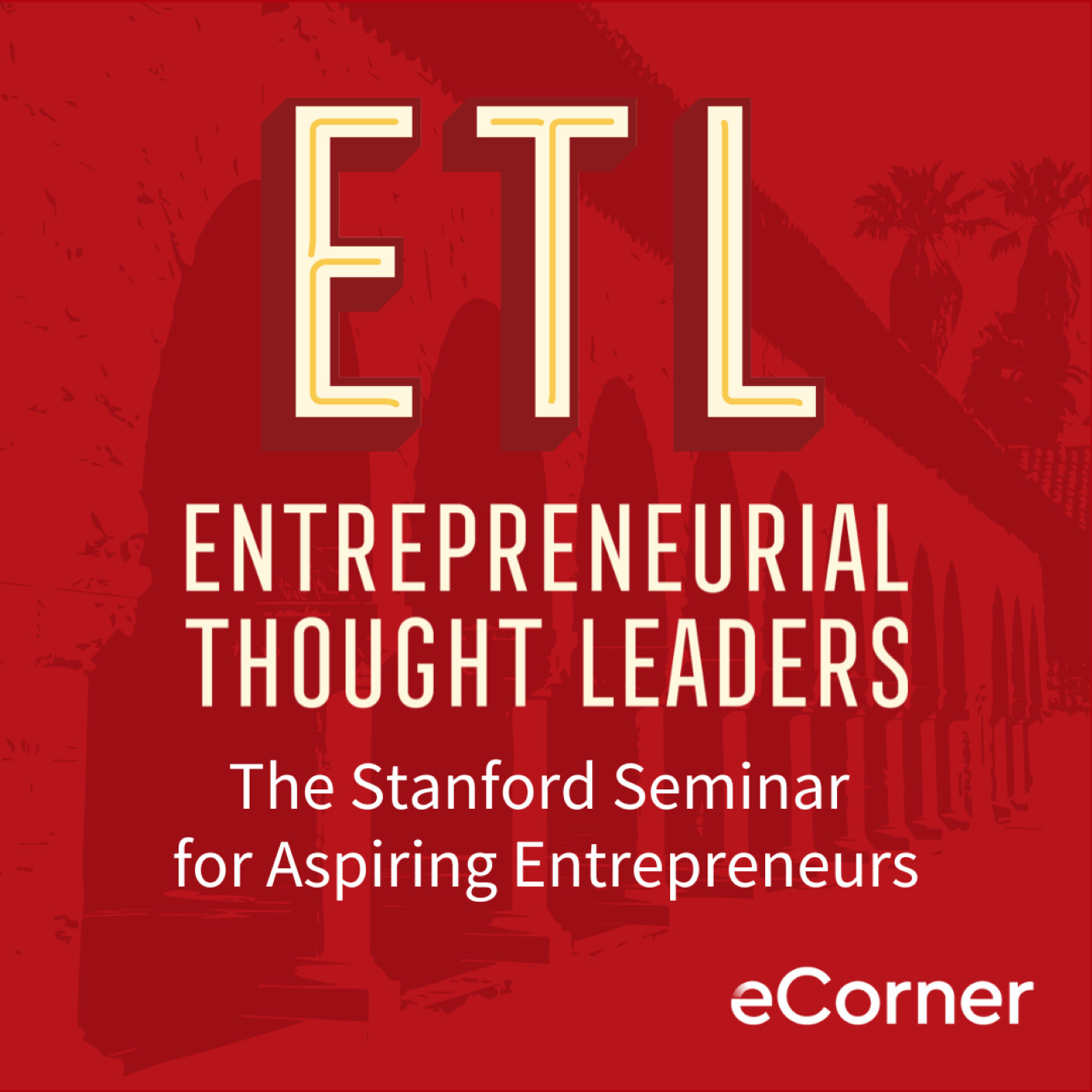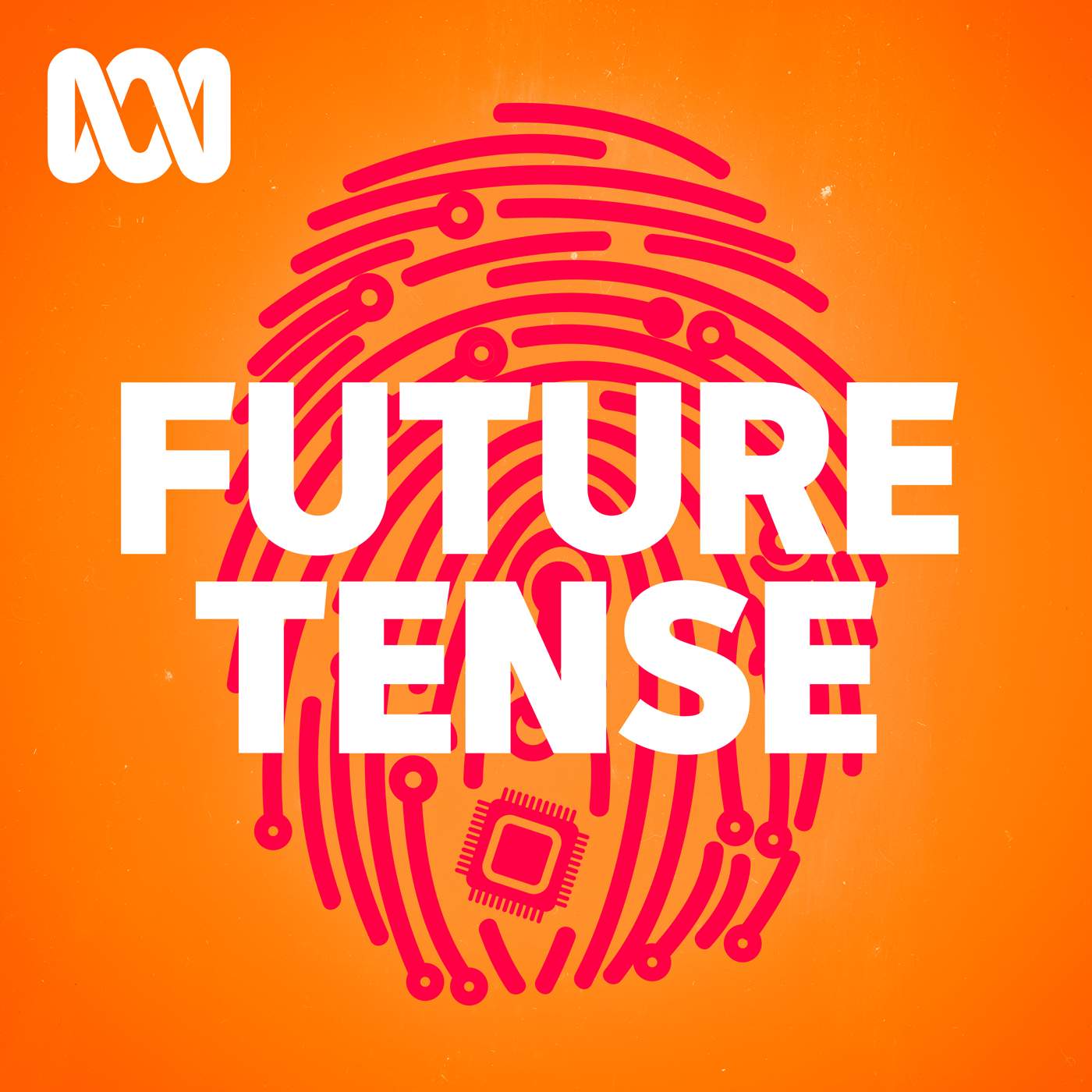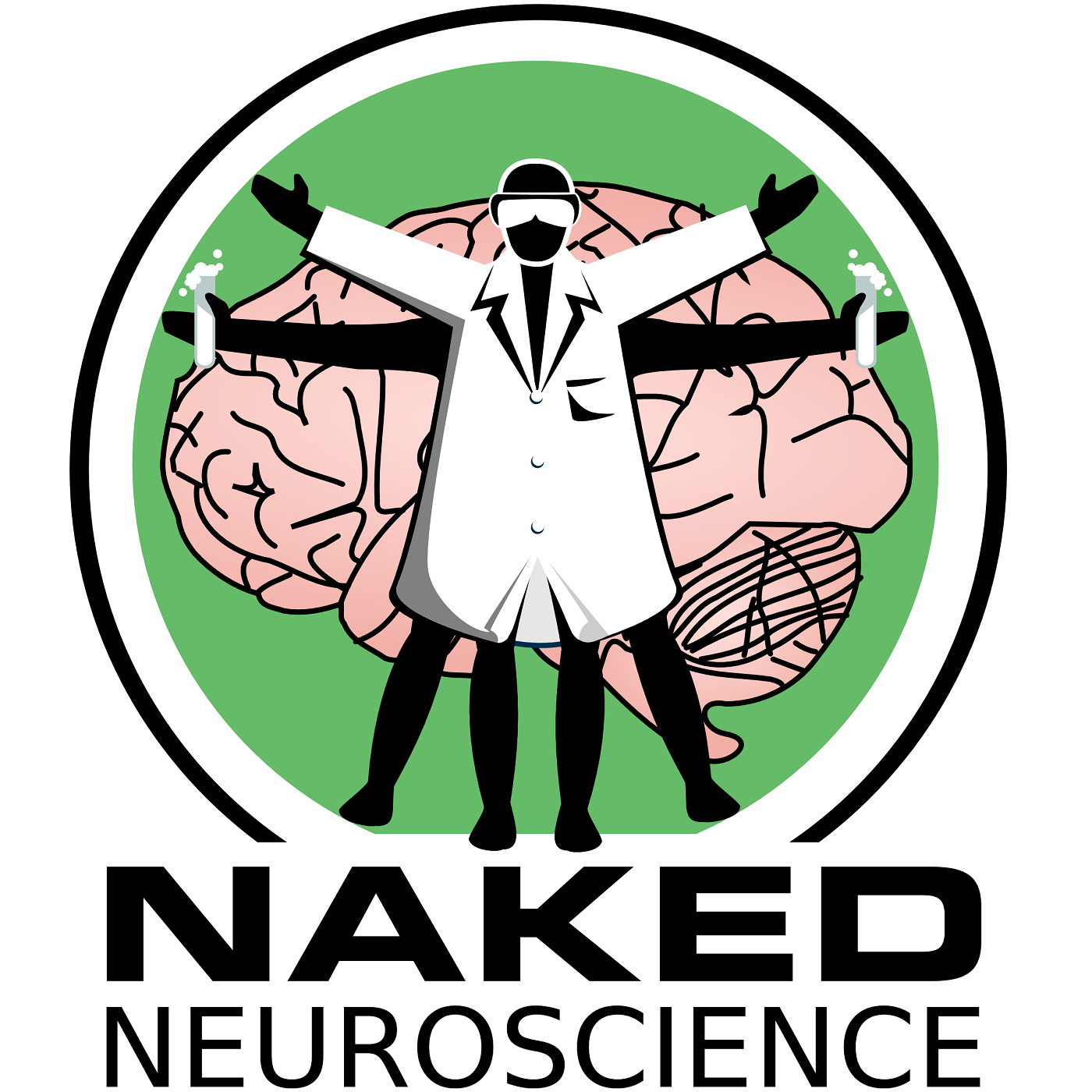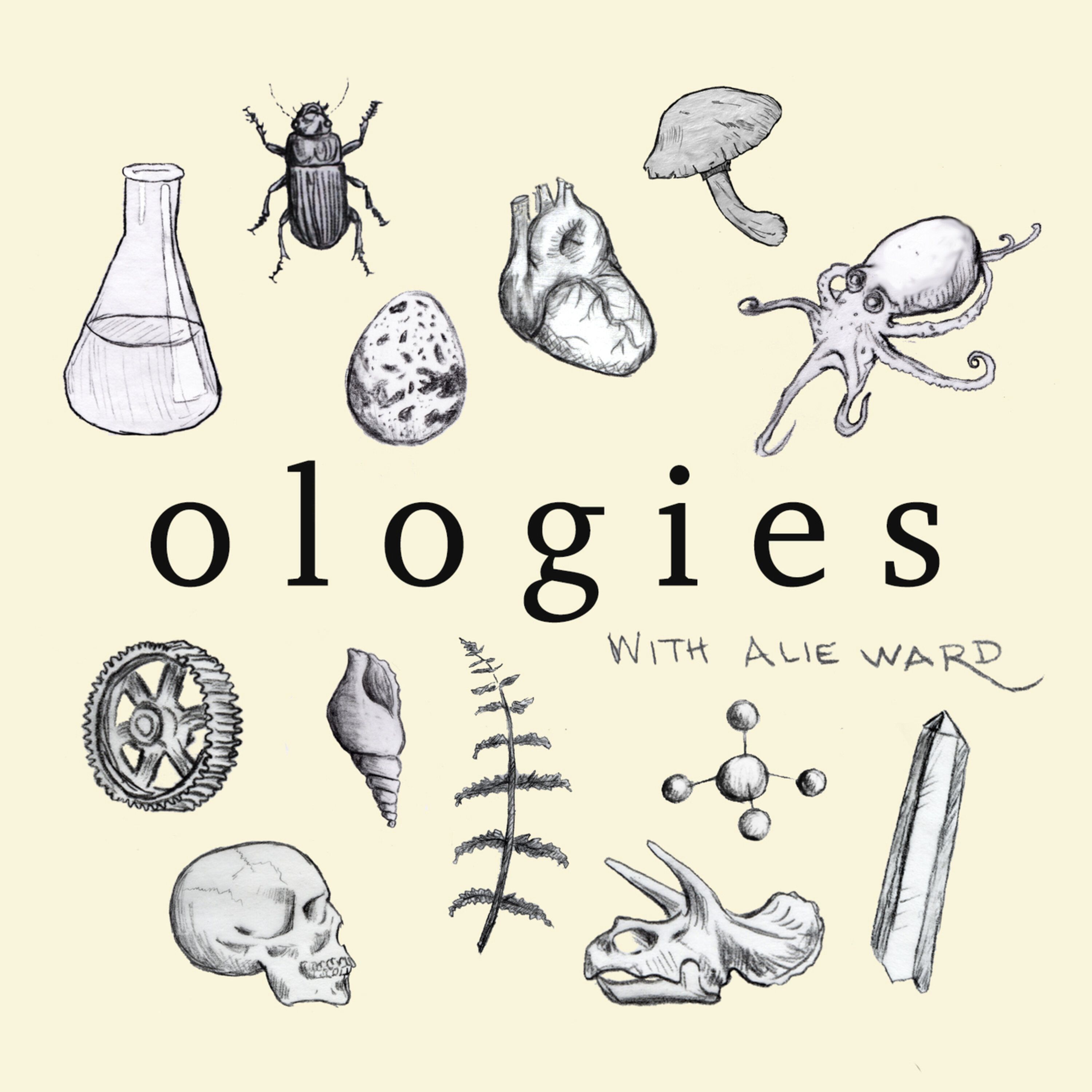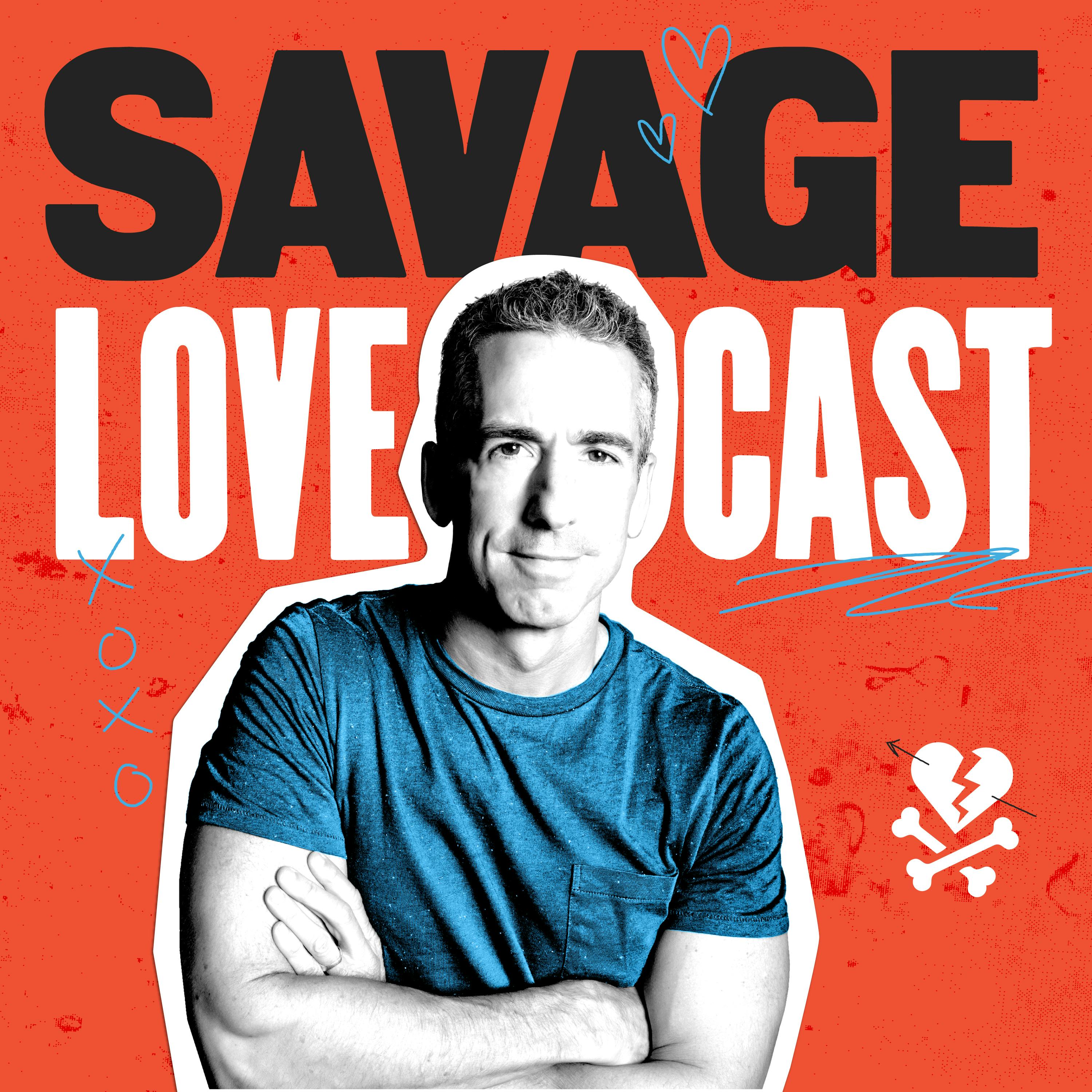
Heliox: Where Evidence Meets Empathy
Join our hosts as they break down complex data into understandable insights, providing you with the knowledge to navigate our rapidly changing world. Tune in for a thoughtful, evidence-based discussion that bridges expert analysis with real-world implications, an SCZoomers Podcast
Independent, moderated, timely, deep, gentle, clinical, global, and community conversations about things that matter. Breathe Easy, we go deep and lightly surface the big ideas.
Curated, independent, moderated, timely, deep, gentle, evidenced-based, clinical & community information regarding COVID-19. Since 2017, it has focused on Covid since Feb 2020, with Multiple Stores per day, hence a sizeable searchable base of stories to date. More than 4000 stories on COVID-19 alone. Hundreds of stories on Climate Change.
Zoomers of the Sunshine Coast is a news organization with the advantages of deeply rooted connections within our local community, combined with a provincial, national and global following and exposure. In written form, audio, and video, we provide evidence-based and referenced stories interspersed with curated commentary, satire and humour. We reference where our stories come from and who wrote, published, and even inspired them. Using a social media platform means we have a much higher degree of interaction with our readers than conventional media and provides a significant amplification effect, positively. We expect the same courtesy of other media referencing our stories.
Heliox: Where Evidence Meets Empathy
🧠 The Illusion of Choice: How Nudges Shape Our Decisions Without Us Noticing
see our substack for additional episode resources
You make decisions every day—what to eat, how to save money, whether to click that “accept cookies” button without thinking. But what if those choices aren’t as free as you think?
In this episode of Heliox: Where Evidence Meets Empathy, we unravel the science of nudges—those subtle, often invisible forces shaping our behaviour. From hospitals reducing medical errors to marketers influencing what you buy, behavioural science is everywhere. But when does a helpful nudge become a manipulative shove? And are we really in control of our choices?
Join us as we explore the ethics of decision-making, the power of dynamic segmentation, and the future of AI-driven personalization. Are these techniques making life better—or just making us more predictable?
The answer might just change the way you see every decision you make.
Ethics of Nudging in the COVID-19 Crisis
Nudging to Manage the Spread of COVID-19
Tools for public health policy
Climate change and pro-sustainable behaviors
This is Heliox: Where Evidence Meets Empathy
Independent, moderated, timely, deep, gentle, clinical, global, and community conversations about things that matter. Breathe Easy, we go deep and lightly surface the big ideas.
Thanks for listening today!
Four recurring narratives underlie every episode: boundary dissolution, adaptive complexity, embodied knowledge, and quantum-like uncertainty. These aren’t just philosophical musings but frameworks for understanding our modern world.
We hope you continue exploring our other podcasts, responding to the content, and checking out our related articles on the Heliox Podcast on Substack.
About SCZoomers:
https://www.facebook.com/groups/1632045180447285
https://x.com/SCZoomers
https://mstdn.ca/@SCZoomers
https://bsky.app/profile/safety.bsky.app
Spoken word, short and sweet, with rhythm and a catchy beat.
http://tinyurl.com/stonefolksongs
Curated, independent, moderated, timely, deep, gentle, evidenced-based, clinical & community information regarding COVID-19. Since 2017, it has focused on Covid since Feb 2020, with Multiple Stores per day, hence a large searchable base of stories to date. More than 4000 stories on COVID-19 alone. Hundreds of stories on Climate Change.
Zoomers of the Sunshine Coast is a news organization with the advantages of deeply rooted connections within our local community, combined with a provincial, national and global following and exposure. In written form, audio, and video, we provide evidence-based and referenced stories interspersed with curated commentary, satire and humour. We reference where our stories come from and who wrote, published, and even inspired them. Using a social media platform means we have a much higher degree of interaction with our readers than conventional media and provides a significant amplification effect, positively. We expect the same courtesy of other media referencing our stories.
All right. Welcome to the deep dive. Today, we are going to take a deep dive into nudging. Oh, nudging. Yeah. So, you know, like you think about nudging and it's all about kind of like subtly guiding our choices. Right. Right. It all comes down to like how options are presented to us. Right. But the thing is, and this is a really key insight, I think, from what we've been looking at, it's that nudging can actually influence behavior. without taking away our freedom to actually make a different choice. That's the key. Yeah. That's the thing that makes it so interesting and also, I think, so ethically fraught as we'll get into. Yeah. And we've got a bunch of really interesting stuff to look at today on this. We've got stuff that looks at kind of like how nudging works in theory and then also like real world examples of how it's being applied. Right. And a lot of this is highlighted in that article we have on the ethics of nudging during COVID. Yes. Yes. Yeah, absolutely. I mean, that's such a great case study in a way, right? Because if there's ever a time when people are trying to figure out how to influence behavior, it would be during something like a pandemic. A huge public health crisis. Yeah. Exactly. And this is something that our sources point out. It's not just limited to public health. Right. These techniques are popping up everywhere. All sorts of decision making conversations. Absolutely. And you know what? I bet a lot of us have encountered these nudges without even realizing it. Oh, I'm sure. That's part of what makes it so fascinating and maybe a little bit unnerving. Yeah, definitely. So let's really unpack this today. So in this deep dive, what we want to do is kind of get a clear understanding of like what a nudge even is. Yeah. We'll look at some really interesting examples. And some of the results of these nudges are actually pretty surprising when you look at the research. And then I really want to spend some time thinking about the implications of all this, you know, particularly around events like, you know, the pandemic that we just went through. Yeah. Yeah, for sure. And I think it's important. you know, for our listeners to really grasp both sides of the coin. So like, what are the potential upsides of these nudges, but also what are the potential downsides? Right. And I think understanding that is a really great step towards being more aware of, you know, Yes. maybe how these forces are working on you and shaping your own decisions. Absolutely. Absolutely. Okay. So let's start with the basics. What is a nudge? Right. So it's not about forcing anyone to do anything. Okay. It's about just kind of gently encouraging them towards a particular choice while still leaving the alternative open to them. So it's not just like telling people what to do. No, it's much more subtle than that. It's not a command. It's more like a suggestion. Right. It's the difference between, you know, a mandate like a law or rule and a nudge. So think about it like this. Isn't that interesting? It's wild. What is that? Like a government department of nudging? Essentially. Yeah. Wow. I mean, what I think is so fascinating is how much this approach has been adopted by governments globally. Yeah. So it all started with the UK's behavioral insights team, the BIT. Right. And then other countries saw what they were doing and thought, hey, we need one of those. Wow. So now you have places like Canada, New Zealand, Ireland, Germany. All these places have these teams that are dedicated to using behavioral science. To just nudge people. To shape public policy. Yeah. Wow. It's about understanding how people make decisions. Yeah. And then designing policies that take that into account. So it's like they're kind of like designing the environment. Yes. That makes certain choices more appealing or easier. Exactly. Wow. Wow. It's like social engineering, but not in a bad way. Well, some people might disagree with that. Right, right. But that's a whole other conversation. Exactly, exactly. Now, speaking of design, Thaler and Sunstein also introduced this concept of sludge. Ah, yes. Yes. Sludge. I love that term. What comes to mind when you hear that? Well, to me, it's like all the unnecessary friction. Right. That makes it harder to do something. Even when you know it's the right thing to do. Right. Or even if you want to do it. Like when you want to unsubscribe from something and it takes you like a million steps. Like seven emails and a phone call. Yeah. It's so frustrating. Oh, it's the worst. And they give that example in the YouTube interview, right? They do. They talk about these really convoluted processes for unsubscribing from online services. Yeah. Like you said, signing up might be super easy. One click. One click. Yeah. But then canceling. Yeah. Forget about it. It's a nightmare. And it makes you not even want to sign up for things. It does. You're like, I don't want to deal with the hassle of unsubscribing. Exactly. So I'm just not even going to sign up in the first place. Exactly. And you know what? That's part of their point. Right. Sludge is often intentional. Really? Yeah. Yeah. companies or organizations might make it really difficult to cancel a subscription or opt out of something. Because they don't want you to leave. Exactly. Because they know that the harder it is, the more likely people are to just stick with the default. Wow. It's all very calculated. It is. And it all ties into this broader idea of choice architecture. Right, yeah. Which is? So choice architecture is essentially the design of the environments in which we make decisions. Okay. Thaler and Sunstein really emphasize this point and they talked about it a lot in their talks at Google presentation as well. Right. They argue that everything from how a website is laid out to how products are arranged in a store, even down to the algorithms that power social media. Right. All of that subtly influences the choices we make. Wow. Think about your news feed, for example. Yeah. It's not just a random collection of posts. Right. The order in which things appear, the suggestions for accounts to follow, all of that is designed to keep you engaged and to influence what you see and interact with. It's like the stage is set for our decisions. Exactly. And the way it's set up can really make a big difference. Absolutely. Wow. Okay. So now that we have a better grasp of what nudging is, let's look at some real world examples. Let's do it. One that I thought was really interesting from the Science Direct article was the idea of green defaults. Oh, yeah. Green defaults. Those are fascinating. What is that? So the basic idea is that you make the environmentally friendly option the default choice. Okay. So for example, let's say you're signing up for electricity service. Right. The default option might be the renewable energy plant. Well, maybe They're just like, oh, that's the default I'll just stick with that I mean, there's definitely an element of that, right? Like, inertia is a powerful force Right It takes effort to actively switch to a different option Yeah So if the default is already a good option Yeah A lot of people will just go with it Wow And we see this same principle at play in other areas too, right? Oh, absolutely Absolutely Fowler and Sunstein talk about this a lot in their book nudge right they give the example of automatic enrollment in 401k plans right yeah yeah so traditionally employees had to actively sign up right to participate in their company's retirement savings plan right but with automatic enrollment they're enrolled by default okay and they have to actively choose to opt out gotcha and what they found is that this simple change led to a huge increase in participation rate Really? Oh, yeah. It's because people are much more likely to stick with the default, even if it's something as important as saving for retirement. Wow. So are there any downsides to this? It seems like a pretty foolproof way to get people to do the right thing. Well, there's a really important caveat here. And Thaler and Sunstein actually point this out in the book. Yeah. It's not just about having a default. Right. It's about what that default is. Okay. So if the default savings rate is really low or the default investment options are super conservative, then people who just passively accept those defaults might end up with a much smaller nest egg in the long run. Right. So it's not just about nudging people. It's about nudging them in the right direction. Right. Yeah. You've got to make sure the nudge is actually beneficial. Exactly. That's a really good point. And that reminds me of another example from the book Nudge, one about suggesting tip amounts in taxis. Oh, yes, the taxi tips. That's a really interesting one. What happened there? Well, the idea was to use nudging to increase earnings for drivers. Okay. So they started suggesting tip amounts on the credit card machine. Okay. And it actually worked in the sense that the average tip amount did increase. Okay. But here's where it gets interesting. Yeah. It also led to a higher percentage of people choosing to give no tip at all. Really? So it backfired? In a way, yeah. It seems like some people reacted negatively to the suggested tip amounts. Okay. Maybe they felt like they were being pressured. Or maybe they just didn't like being told what to do. Right. So they decided to give nothing at all. Wow. That's the thing about nudges, right? You can try to influence people, but you can't control them. Exactly. They still have free will, and sometimes they'll react in ways you don't expect. Exactly. And that's why it's so important to think carefully about the potential unintended consequences of nudges. Right. Yeah. To really think of them. Yeah. Okay. So we've talked about green defaults. Yeah. And we've talked about these taxi tip suggestions. Yeah. Are there any other types of nudges that we should be aware of? Oh, tons. Yeah. There are all sorts of different ways to nudge people. Okay. One of the most powerful is framing effects. Okay. What are those? So framing is all about how you present information. Okay. Thaler and Sunstein give this classic example. Yeah. Imagine a doctor is talking to a patient about a medical procedure. Okay. The doctor could say 90 out of 100 patients are alive after five years. Or they could say 10 out of 100 patients are dead after five years. Right. Now, those are both statistically equivalent statements. Yeah. But they evoke very different feelings. The first one sounds much more positive and reassuring. Yeah. Whereas the second one sounds much more negative and scary. Right, right, right. And that can have a huge impact on the patient's decision. Wow. So just by changing the way you frame the information. Exactly. You can actually influence people's choices. Exactly. Yeah. It's really powerful stuff. That's crazy. And then there's the availability heuristic. How does that work? So the availability heuristic is the tendency for people to overestimate the likelihood of events that are easily recalled or vivid in their memory. Okay. So, for example, if you've just seen a news report about a shark attack, you're probably going to think that shark attacks are much more common than they actually are. Right, yeah. Even though it's statistically a very rare event. Exactly. Yeah. You're just like, oh, my God, there's sharks everywhere. Right. And Fahler and Sunstein use the example of flood insurance. Okay. After a major flood, people are much more likely to buy flood insurance because the images of the devastation are fresh in their minds. But then as time passes and those memories fade, so does their perceived need for insurance. Right. Even though the risk hasn't actually changed that much. Exactly. Wow. It's like our brains are wired to pay more attention to things that are readily available to us. It seems that way. Yeah. Whether or not that's actually a good representation of reality. Right. We tend to overestimate the likelihood of things we can easily recall. Right. Right. And underestimate the likelihood of things that are harder to bring to mind. Wow. That's really interesting. So we've looked at how nudging works in a bunch of different contexts. But let's talk about the elephant in the room. COVID-19. Right, right. That curious article we mentioned earlier really highlights how governments around the world relied heavily on nudging during the pandemic. Absolutely. It's like... nudging went mainstream during COVID. Yeah. I mean, you had governments all over the place. Right. Trying to figure out how to get people to change their behavior. Right. To slow the spread of the virus. Right. And they turned to behavioral science for help. Right. And organizations like the OECD and the WHO were really pushing for this, right? Oh, yeah. They were big proponents of using behavioral insights to manage the pandemic. In fact, the WHO even developed a specific tool called Cosmo. COSMO. What's that stand for? It stands for COVID-19 snapshot monitoring. Okay. It was basically a way to track public perceptions and behaviors related to the virus. So like surveys and stuff. Exactly. They wanted to understand how much people knew about the virus, how they perceived the risk, whether they were adhering to public health guidelines, and how much trust they had in the government and other institutions. Right. And they used that information to inform their communication strategies and policies. Gotcha. So it was like a way to kind of take the pulse of the public. Exactly. And see how they were responding to everything that was going on. Yeah. And to adapt their approach as needed. Okay. Now, the PMC article we read raised some really interesting points about the types of nudges that were used during COVID. Right. Especially those fear nudges. Yeah. What are those? So fear nudges are basically messages that emphasize the severity of the illness. Okay. Often using really graphic imagery. Like what? Like what? Pictures of patients on ventilators in the ICU. Right. Or stories about people who had died from the virus. Yeah, I remember seeing a lot of that. Yeah, it was everywhere. And the idea was to scare people into complying with the guidelines. That seems to have been the logic, yeah. But the article suggests that this might have actually backfired. Well, they raise concerns that these fear-based nudges could have had some pretty serious unintended consequences. OK, like what? Well, for one thing, they could have contributed to a lot of the anxiety and stress that people were feeling. Right. Yeah. It was a very anxiety provoking time. It was. And the constant exposure to those scary images. Yeah. And the message that any social interaction could potentially be deadly. Right. That could have really taken a toll on people's mental health. That's really thought-provoking. Yeah. It's a reminder that even when we have good intentions, our actions can sometimes have unintended consequences. Absolutely. The road to hell is paved with good intentions, as they say. Exactly. And the PMC article also talks about this idea of splitting in communication during COVID. Ah, yes. Splitting. That's an important one. What is that exactly? So splitting is basically the tendency to oversimplify complex issues into black and white terms. The article gives the example of slogans like stay home, save lives or don't kill your grandma. Yeah, I remember those. Yeah. And while those messages might have been effective in getting people's attention. Right. They also oversimplified a very complex situation. OK. They presented it as if there were only two options. Stay home or kill people. Right. Right. But of course, the reality was much more relance than that. Right, right. There were all sorts of other factors to consider, like economic impact of lockdowns, the mental health effects of social isolation and the needs of essential workers. Right. But those messages didn't acknowledge any of that. Right. They just presented a very simplistic either choice. Right, right. And that kind of black and white thinking can be really dangerous. Yeah, because it shuts down any kind of nuanced conversation. Exactly. And it prevents us from considering all of the complexities of the situation, which is really important in a situation like a pandemic where there are no easy answers. Absolutely. Absolutely. And the PMC article also raises some interesting methodological questions about the WHO's Cosmo study itself. Oh, really? What kind of questions? Well, for one thing, they point out that the study relied on an online survey platform. Which means that it might have excluded people who didn't have reliable internet access or who weren't comfortable using computers. So the sample might not have been truly representative of the population as a whole. That's a good point. And they also note that the study had an upper age limit. Oh, really? Yeah. So the views and experiences of older people who are often the most vulnerable to the virus weren't fully captured. Right. Yeah. And on top of that, the PMC article criticizes the way the Cosmos study sometimes presented its data. Okay. They point out that the study sometimes compared data from different survey waves, even though the people who participated in each wave weren't the same. So it's hard to say for sure whether the observed changes were actually due to changes in people's attitudes and behaviors. Right. Or whether they were just due to differences in the composition of the sample. Right. Yeah. That makes sense. So it sounds like the tool that was being used to inform nudging strategies during COVID might have had its own biases and limitations. Exactly. And that's something to keep in mind whenever we're evaluating the evidence for any kind of intervention. Absolutely. It's important to be critical of the methods and not just take the results at face value. Right. So we've talked a lot about nudging. Yeah. But the globalization and health article also discusses another approach that was used during covid legal restrictions. Right. So things like lockdowns, mask mandates, travel bans. Right. All of those were legal restrictions that were put in place to try to control the spread of the virus. And those are different from nudges, right? They are. Yeah. Nudges are about subtly influencing people's choices. Right. Whereas legal restrictions are much more forceful. Right. They're basically telling people what they can and cannot do. Right. And there are penalties for noncompliance. Right. So they're a much more direct form of intervention Yeah, and the article acknowledges that these kinds of restrictions can be effective They can, yeah If people comply with them, they can definitely help to slow the spread of a virus Right But the article also points out some of the downsides of legal restrictions Okay, like what? Well, for one thing, they can be really hard to enforce, especially if there's widespread resistance to them. Yeah, we saw a lot of that during COVID. We did, yeah. Protests, people refusing to wear masks, things like that. Exactly. And when people don't comply with the restrictions, they become much less effective. Right. And another downside is that legal restrictions can infringe on people's individual rights and freedoms. Right. That's a big one. It is. Yeah. And that's why it's so important to think carefully about the proportionality of any legal restrictions that are put in place. Yeah. You have to weigh the benefits against the costs. Exactly. OK. So we've got nudging on the one hand, which is more. about subtly influencing people's choices. Right. And we've got legal restrictions, on the other hand, which are much more forceful and direct. Right. Are there any other approaches that we should be thinking about? Well, the PMC article advocates for something called shared decision making or SDM. SDM. What's that? So SDM is basically about involving patients more actively in decisions about their own health care. Okay. It's a move away from the more traditional paternalistic model where the doctor just tells the patient what to do and towards a more collaborative approach. Okay. Where the patient and the doctor work together to make decisions that are in the patient's best interest. Right. And there are different models of SDM. Okay. But they all involve giving patients more information about their options. Yeah. And helping them to understand the risks and benefits of each choice so that they can make an informed decision. Yeah, that makes sense. And is there any evidence that SDM actually works? There is. Yeah. There's actually a growing body of research showing that SDM can lead to better health outcomes. OK. Increased patient satisfaction. Yeah. And reduced health care costs. Wow, that's impressive. Yeah, it's a really promising approach. And it seems like it would be more ethical too. It does, yeah. It's about respecting patients' autonomy and giving them a voice in their own care. Right. Rather than just trying to nudge them towards a particular outcome. Absolutely. Now, the globalization and health article also talks about this thing called the proportionality principle. Oh, yeah. The proportionality principle. That's a really important concept. What is that? So the proportionality principle is basically the idea that any limitations on individual rights and freedoms must be necessary and proportionate to the public health goal that's being pursued. OK. So, for example, if the government wants to mandate masks in public places, they need to be able to show that this measure is actually necessary to protect public health and that it's proportionate to the threat posed by the virus. Right. So they can't just impose restrictions willy nilly. Right. They need to have a good justification for them. Right. Yeah. That makes sense. And the article also makes a distinction between nudges and boosts. Ah, yes. Boosts. Those are an interesting alternative to nudges. What else? So nudges are about changing the environment to make certain choices easier. Right. But boosts are about improving people's ability to make good decisions. Okay. So, for example, a boost might involve educating people about the risks and benefits of different options or teaching them how to make better decisions under uncertainty. Okay. Or it might involve providing them with tools or resources that can help them to make more informed choices. Right. So the idea is to empower people to make good decisions for themselves. Yeah. Rather than just trying to nudge them in a particular direction. Right. That's a really interesting distinction. And I like the idea of empowering people differently. To make their own choices. Yeah, it's definitely a more respectful approach. Now, I know that nudging has been kind of controversial. It has, yeah. Not everyone is a fan. Why is that? Well, some people worry that nudging is manipulative. Okay. They argue that it's a way of influencing people's behavior without their consent. Okay. And they worry that it could be used to steer people towards choices that aren't actually in their best interest. Right. Yeah. That's a valid concern. It is. Yeah. And it's something that we need to be very mindful of. Absolutely. So how do we address that concern? Well, Fowler and Sunstein actually talk about this in their book. Yeah. They argue that the key is transparency. OK. They call this the publicity principle. The publicity principle. What's that? It basically means that the rationale behind any nudge should be open and transparent. Okay. So people should be able to understand why a particular nudge is being used. Yeah. And they should be able to opt out of it if they want to. Right. And if a nudge can't be justified publicly, then it probably shouldn't be used. Right. Yeah. That makes sense. If you're not willing to be transparent about it, then it probably means you're not doing something ethical. Exactly. So transparency is key. Absolutely. We encourage you to think about how these principles might apply to your own decisions in your work, your personal life, how you engage with the world around you. And if you're interested in learning more, we encourage you to delve deeper into any of these topics.
